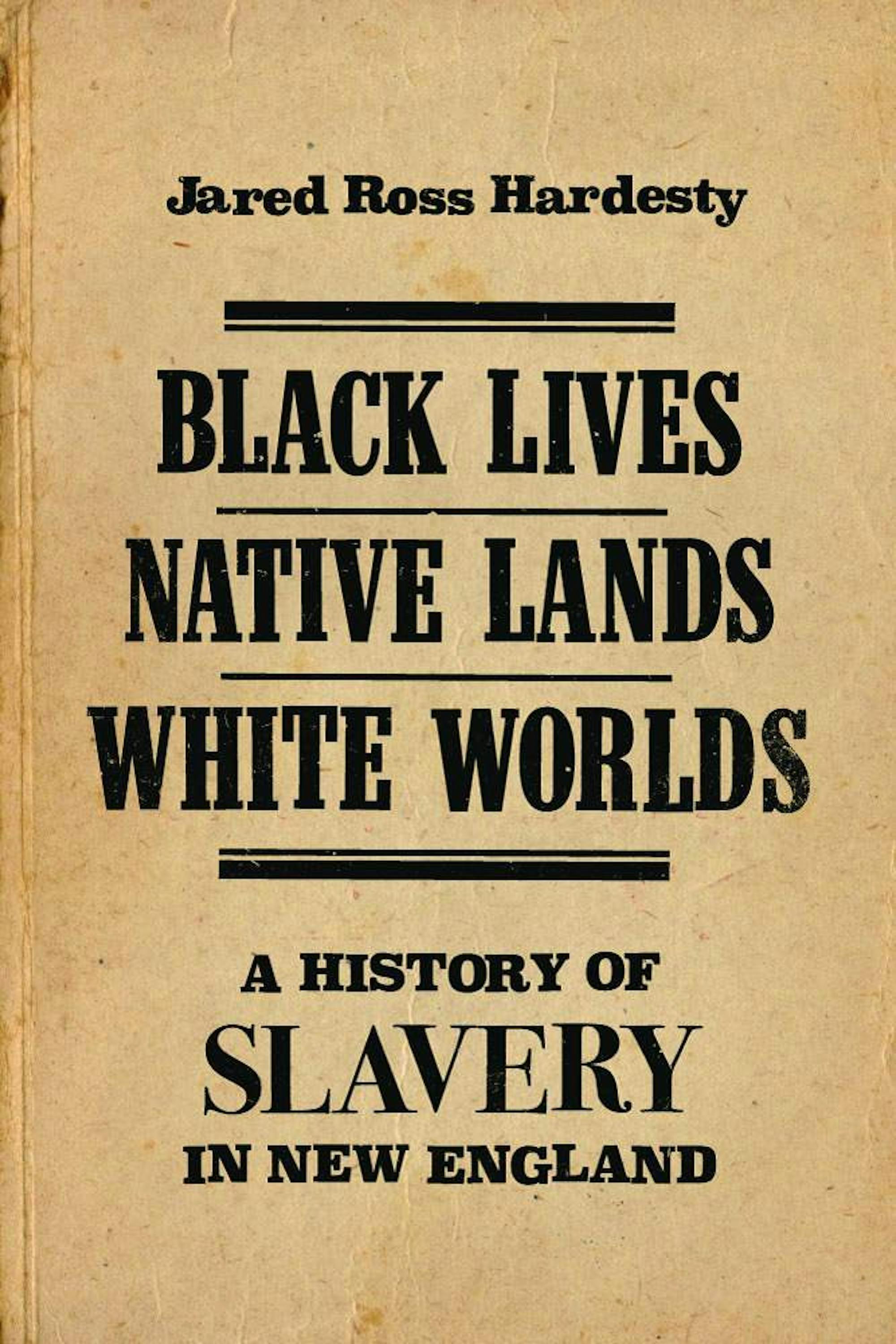Jared Hardesty has been studyingslavery in New England for a decade. His first book “Unfreedom: Slavery and Dependence in Eighteenth-Century Boston” (2016) is based on his dissertation on slavery in Boston specifically. “Black Lives, Native Lands, White Worlds” (2019) widens his scope to the whole New England region. This past Thursday, Hardesty spoke about his book at an event hosted by the Royall House and Slave Quarters.
In an interview with the Daily, Hardesty said he was looking for a modern, comprehensive history of slavery in this area, as the last one was written in 1942. He was not sure if he was the person to do it, but he was convinced it was necessary. His editor gave him only 60,000 words, or roughly 175 pages, to give a comprehensive, yet short and readable, history of slavery in New England.
In the interview, Hardesty also talked about how he wanted to avoid looking at just the city of Boston, as he had in the past; he wanted to study the region as a whole. He explores similarities in the area, such as most slaves living within slaveowner’s homes, as well as differences in the experiences of slaves depending on their area.
Because of his extensive research and work within this field, he knew there was an abundance of sources. Therefore, he described in both the interview and his talk that the main difficulty of writing this book was not what to write, but how to write it.
The preface of his new book actually starts in the Royall House and Slave Quarters, where his book talk took place. "Unfreedom" begins with Belinda Sutton’s story: the story of a freed woman petitioning the government for reparations for her work as a slave. Hardesty commented in his talk that “This topic in this space is powerful.” The Royall House and Slave Quarters, a five-minute walk from Steve Tisch Sports and Fitness Center, is the only free-standingslave quarters left in New England.
Hardesty said in his talk that he sees the book as a conversation with himself as the narrator. He paid tribute to the historians, scholars and activists that have come before him and done extensive work in the last 25 years to reveal the history of slavery in New England. He worked to put all of this scholarship together in order to be able to educate more people. To him, the most important aspects were that it be comprehensive and accessible.
In “Black Lives, Native Lands, White Worlds,” the central theme is connections. “The book uses one organizing theme: connections,” Hardesty said in the talk. He said he wants readers to understand and walk away with the knowledge that slavery is deeply ingrained throughout the Western Hemisphere and to the social, economic and political history of New England.
Another of Hardesty's arguments is the connection between New England and Barbados. In the beginning of his book and in his talk, Hardesty focused on the double purpose of slavery in New England. The Puritans' removal of indigenous people through wars opened up land for the Puritans to settle, causing rapid expansion that allowed them to sell indigenous people to the West Indies and import slaves to meet labor demands.
This point began Hardesty's discussion of New England’s ties to the region. Hardesty argued that New England's economic relationship with the West Indies fueled the expansion of plantation growth in the region.
An important trend of slavery in New England that Hardesty mentioned is how many slaves imported to New England were born into slavery in the West Indies or in the Southern states. New England, he said, deliberately brought in enslaved people that knew English and had been enslaved at a previous time, and therefore would be easier to control.
Hardesty’s book also included stories of the lives and realities of many slaves in New England. At the event, he talked about how one can follow people throughout their lives through historical documents. In them, one can see see how slaves interacted with each other, how they connected to the economy and how they rebelled.
His book ends with the Revolutionary War and the outlawing of slavery in the North. However, after the Revolutionary war, Hardesty discussed, with the outlaw of slavery in the North, slaves were driven out of New England because of the promises of freedom after the war were false. Through segregation, marginalization and constant racism, many freed slaves fled to other parts of the country. Hardesty argued this allowed New Englanders to never have to face the consequences and reality of the slavery that existed around them. It created a distance between New England and slavery, and it gave whites in New England the opportunity to downplay the role of slavery in its history. Hardesty's book seeks to shed light on this overlooked side of New England's history.
Hardesty speaks on new book 'Black Lives, Native Lands, White Worlds' at Royall House

Cover of Jared Ross Hardesty's new book 'Black Lives, Native Lands, White Worlds' is pictured.





